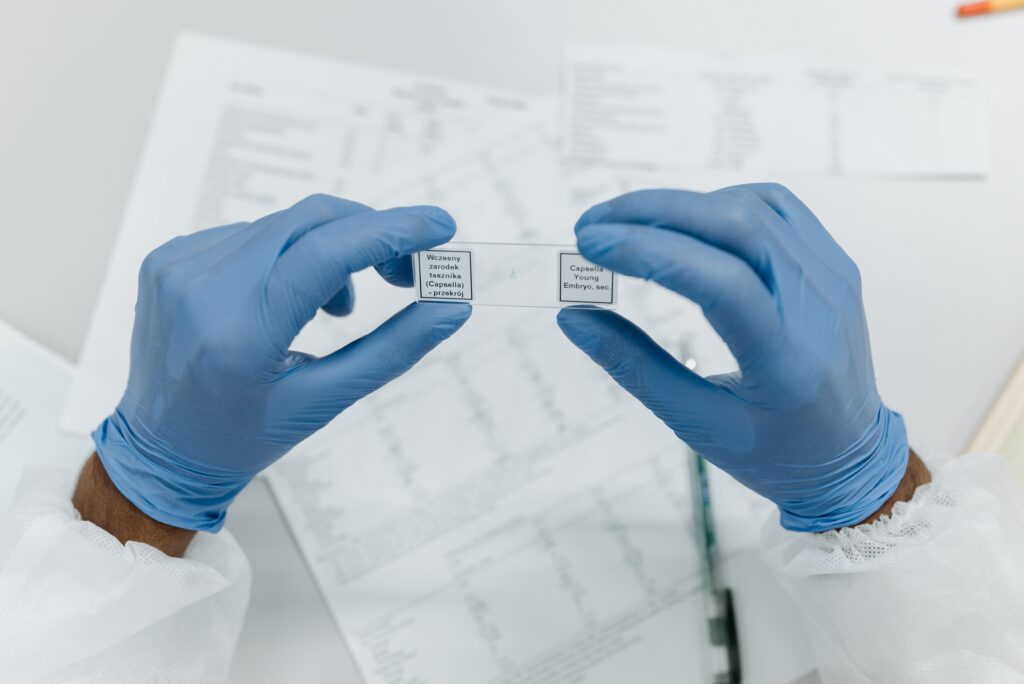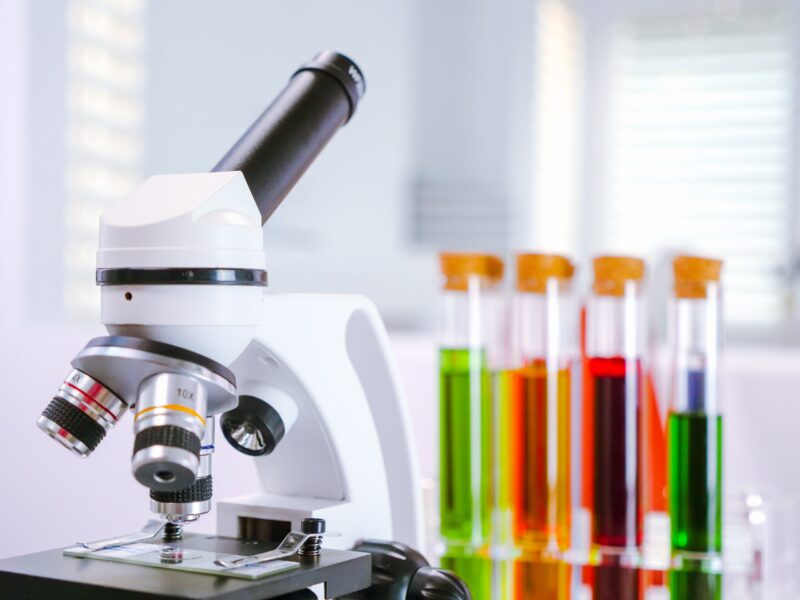Laboratory services are vital in modern healthcare, providing essential diagnostic and monitoring capabilities that support medical decision-making and patient care. When establishing a new hospital, one of the aspects to consider is the availability of critical laboratory equipment.
Equipping the laboratory with the right instruments and tools is crucial for accurate diagnostics, timely treatment, and overall patient well-being. We will explore the essential laboratory equipment needed for a new hospital, spanning various medical specialties and diagnostic needs.
Why are Laboratories Important?
Laboratories are essential for any health facility. Patient diagnosis and specialty support would be amiss without functional laboratories in the hospitals.
They Operate as Diagnostic Hubs
Hospital laboratories serve as the diagnostic hub of the healthcare system, analyzing patient samples to identify diseases, monitor treatment progress, and guide medical decisions.
They play a crucial role in ensuring the delivery of accurate and timely healthcare.
Are Critical in Improving Patient Outcomes
Laboratory results directly influence medical decisions, enabling healthcare providers to make informed choices about patient care. Accurate and timely diagnoses lead to improved patient outcomes, reduced hospital stays, and cost-effective treatments.
They Support Medical Specialties
Laboratory services are essential across various medical specialties, including hematology, microbiology, chemistry, immunology, and pathology.
The diversity of laboratory tests offered helps diagnose a wide range of medical conditions.
Laboratory Departments and Their Equipment Needs
Different laboratory departments work together to enhance lab services. They include the hematology, microbiology, chemistry, immunology, and pathology departments.
1. Hematology Department
The hematology department analyzes blood samples to assess various components and diagnose disorders. Essential laboratory equipment includes:
- Hematology analyzers: They are used to count blood cells and identify abnormalities.
- Microscopes: Microscopes are essential for blood smears and manual differential counts.
- Coagulation analyzers: These are used to assess blood clotting function.
- Hemoglobinometers: For hemoglobin level measurement.
2. Microbiology Department
Microbiology laboratories identify infectious agents, such as bacteria, viruses, and fungi. Laboratory equipment includes:
- Incubators: To cultivate microorganisms.
- Microscopes: For microscopic examination of specimens.
- Autoclaves: For sterilizing equipment and materials.
- Bacterial culture systems: To grow and identify bacteria.
3. Chemistry Department
Chemistry labs perform biochemical analyses to assess various aspects of a patient’s health. Laboratory equipment for the chemistry lab includes:
- Chemistry analyzers: For measuring blood electrolytes, enzymes, and metabolites.
- Spectrophotometers: To quantify chemical compounds.
- Electrolyte analyzers: For measuring blood electrolyte concentrations.
- Centrifuges: For separating blood components.
4. Immunology Department
Immunology laboratories focus on the immune system and detect immune-related disorders. Laboratory equipment for the immunology department includes:
- Immunoassay analyzers: For quantifying antibodies and antigens.
- Flow cytometers: To analyze immune cells.
- Serology analyzers: For detecting antibodies in serum or plasma.
- Automated immunochemistry systems: For various immunoassays.
5. Pathology Department
Pathology labs examine tissue and cell samples for diagnosing diseases, including cancer. Equipment includes:
- Microtomes: For sectioning tissue samples.
- Cryostats: For frozen tissue sectioning.
- Tissue processors: For sample preparation.
- Histology staining equipment: For tissue staining.

How to Conduct Laboratory Equipment Selection and Procurement
The laboratory equipment selection process is important as it enables staff to take stock of what they have and need. It’s essential to conduct thorough and complete selection and procurement processes.
1. Undertake a Needs Assessment
Conduct a thorough needs assessment to determine the types and quantities of laboratory equipment required for each department. Consider factors such as anticipated sample volume, testing complexity, and budget constraints.
2. Target high-quality equipment
Select high-quality and reliable equipment from reputable manufacturers. Investing in dependable instruments reduces downtime, ensures accurate results, and supports long-term cost savings.
3. Comply with Regulatory Standards
Ensure that all laboratory equipment meets the regulatory and safety standards established by Kenyan healthcare authorities. Verify that the equipment is properly certified and complies with local regulations.
4. Seek Maintenance and Support Agreements
Establish maintenance and support agreements with equipment suppliers. Regular maintenance and prompt support for repairs are essential to keep equipment functioning optimally and minimize disruptions in laboratory operations.
5. Craft a Budget
Create a detailed budget for equipment procurement, including purchase costs, installation expenses, maintenance agreements, and staff training costs. Prioritize equipment based on necessity and available budget.
Planning your Laboratory Layout
A squeezed and inadequately planned lab affects operations. Moreover, poor planning means key lab equipment will be misplaced or stored carelessly.
1. Ensure You Maximize Comfortability
Plan the layout of your laboratory departments to optimize workflow and efficiency. Ensure that equipment is arranged ergonomically, with easy access for laboratory technicians and scientists.
2. Have Good Infection Control Protocol
Implement strict infection control measures within laboratory departments. Select equipment that is easy to clean and disinfect, and establish protocols for regular decontamination.
3. Adhere to Safety and Hazard Management
Adhere to safety guidelines and protocols to manage hazardous materials and processes in the laboratory. Provide appropriate safety equipment, such as fume hoods and protective gear, to ensure the well-being of laboratory staff.
4. Include Sample Storage Amenities
Include proper sample storage facilities within laboratory departments to maintain the integrity of specimens. Implement efficient sample tracking systems to easily retrieve samples when needed.
Laboratory Staff Training and Competence Tips
The presence of needed equipment doesn’t translate to better service delivery. Laboratory medical staff should be trained adequately to upgrade their skills. Assessment should also be factored in.
1. Establish Training Programs
Develop comprehensive training programs for laboratory technicians, scientists, and support staff. Training should cover the safe and proper use of equipment, adherence to protocols, and quality assurance procedures.
2. Competency Assessment
Conduct regular competency assessments to verify that laboratory staff are proficient in using equipment safely and effectively. These assessments help identify areas where additional training or support may be required.
3. Continuous Education
Encourage laboratory staff to pursue continuous education and stay updated on the latest laboratory techniques, technology advancements, and quality assurance practices.
Securing Your Laboratory Equipment for Long-Term Use
Laboratory medical equipment should be acquired with a long-term view, given their frequent use. As a health facility, you should set procedures in place to ensure equipment is always in good condition.
1. Have a Preventive Maintenance Program
Implement a robust preventive maintenance program to keep laboratory equipment in optimal working condition. Schedule routine inspections, calibration, and servicing to identify and address issues proactively.
2. Encourage Lab Safety Checks
Encourage laboratory technicians to perform safety checks before using equipment. Regularly inspect cords, connections, and other components for signs of wear or damage. Address any safety concerns promptly.
3. Incident Reporting
Establish a system for reporting equipment-related incidents or malfunctions. Encourage laboratory staff to report incidents immediately to ensure timely resolution and prevent similar issues in the future.
Equipping your hospital with vital laboratory equipment is vital for delivering accurate and timely diagnostics, supporting medical decision-making, and improving patient outcomes. You can create a great lab by understanding the specific needs of different laboratory departments.
Selecting high-quality equipment, ensuring compliance with standards, and prioritizing patient-centered care enhance the quality of healthcare in your new hospital. Continuous training, safety checks, and a commitment to sustainability will help ensure that your laboratory remains an authority among peers for years to come.


Write a comment
Your email address will not be published. All fields are required